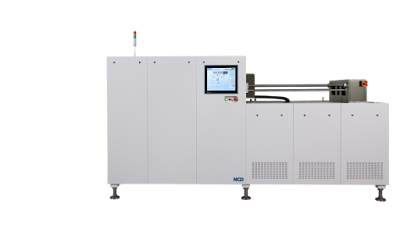Here is a new exciting technology from French start-up EnHelios NanoTech called Atomic Layer Printing. They are first targeting silicon solar cell rear-passivation layers, with caping and contact opening in on single wafer pass. The technology was presented at French annual ALD conference RAFALD in December last year.
Please take this survey to learn more and to get in touch with EnHelios NanoTech :
SURVEY
Rear-passivated solar cells (PERC) is a widely adopted improvement for solar cells based on p-type solar wafers. However this improvement is expensive to implement as it requires two to three additional equipments for passivation layer deposition ; capping layer deposition and contact opening.
Atomic Layer Printing allows the direct deposition of patterned layers which means only one equipment to perform :
- Passivation layer deposition (Typically AlOx)
- Capping layer deposition (SiNx, SiOx, TiOx)
- Contact opening (already open in printed layers)
Based on Spatial Atomic Layer Deposition, the technology offers the following benefits :
- Atmospheric pressure process (no load-lock systems)
- High throughput (up to 1 nm/s)
- Low temperature (< 300 °C)
- High material quality (no particle, no pinhole)
- Low maintenance (no coating on the machine walls)
Atomic Layer Printers are modular equipments processing one
wafer per printing head. R&D equipments have one printing head while
production equipments combine multiple printing heads.



%20(1).png)






